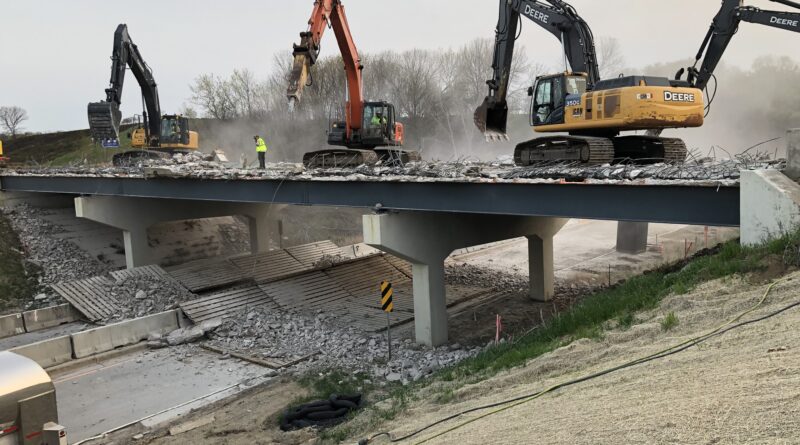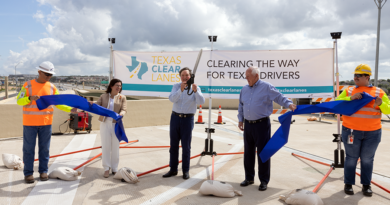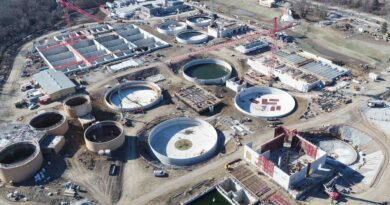Stuck Bridges, Buckling Roads − Wreaking Havoc on America’s Aging Infrastructure
Record heat is exacerbating the U.S.’s already faltering infrastructure.
According to The Conversation, when a road is built, it is cut into segments to create space for the pavement to expand during high heat or to contract in the cold. Without that space, the pavement can buckle when the road material heats up. Buckling of concrete pavement has become a serious problem in several states.
Pavement becomes vulnerable to buckling for a number of reasons. The roadway’s design, the materials it is made out of, the climate when it was built and the weather during its lifetime can affect its life span, as can damage to the road and improper repairs.
Extreme temperatures and heavy precipitation can cause significant damage to roadways and jeopardize the structural integrity of rail systems. Additionally, sea-level rise is accelerating coastal erosion that can undermine roads and rail lines. The deterioration of pavement leads to traffic delays and damaged vehicles. And, most critically, it can cause traffic accidents.
Hot rails can expand and also buckle
Rail expansion is another significant concern, especially with continuous welded rails like the main lines that trains use.
When temperatures rise, rails expand due to the heat. This expansion can create high pressure and tension within the rail material. Combined with the forces exerted by moving trains, this pressure can cause the tracks to buckle to the side and become misaligned. It is sometimes referred to as a “sun kink.”
Buckling rails are a serious safety hazard that can cause derailments. That’s one of the reasons Amtrak slows its speed in extreme heat, often leading to schedule delays. Washington, D.C.’s Metro cuts its trains speed to a maximum of 35 mph once rails reach a temperature of 135 degrees Fahrenheit (57 degrees Celsius).




